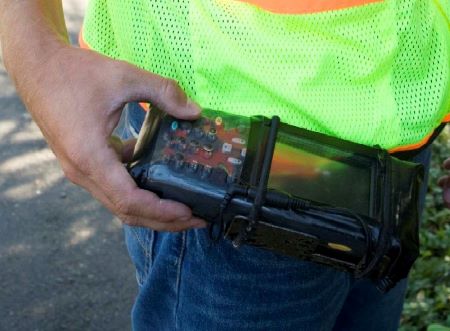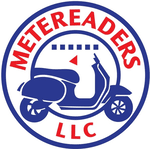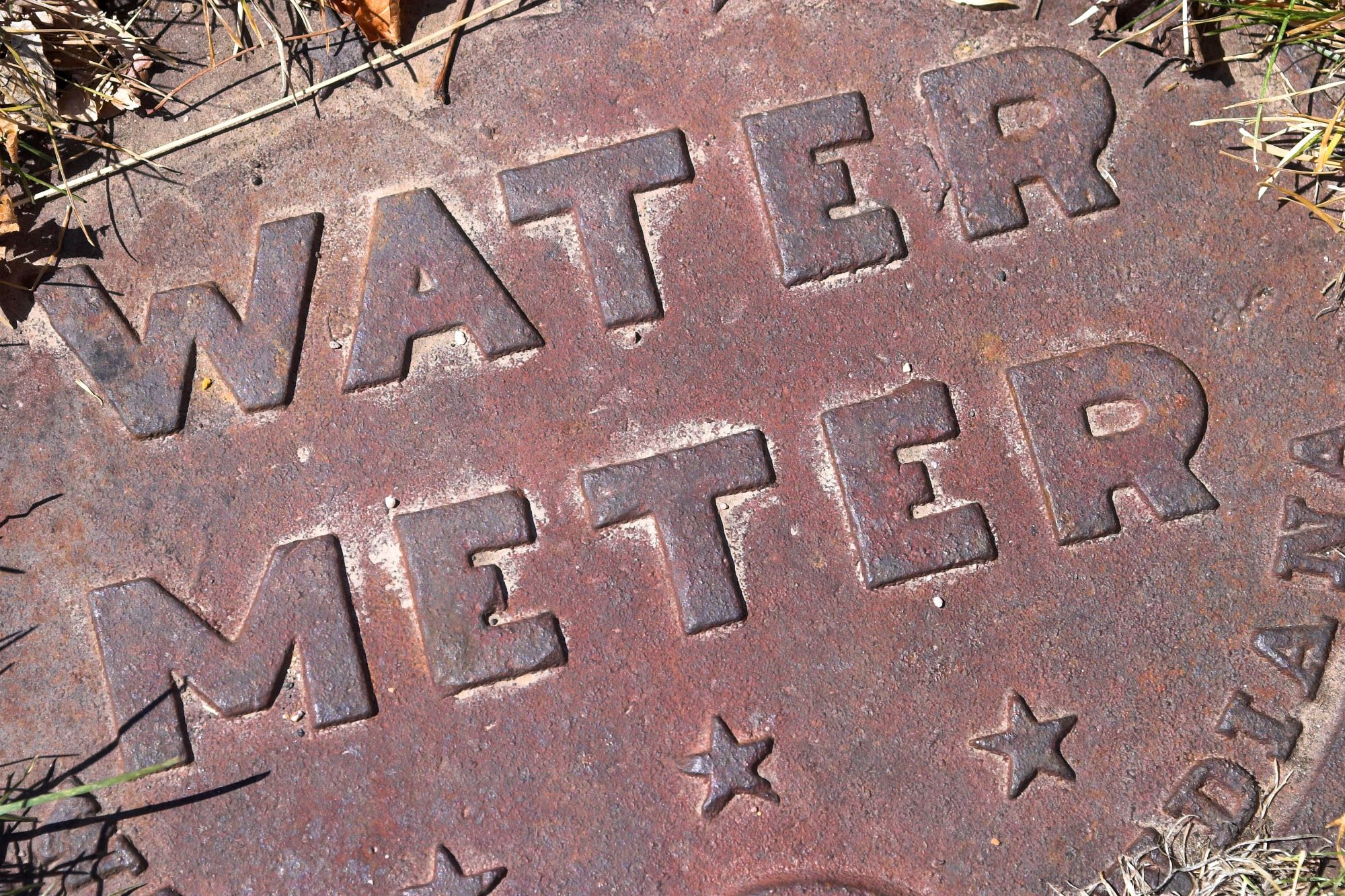Understanding your water bill can sometimes feel like deciphering an ancient script. With various charges, units, and terms, it’s easy to overlook the details that could be costing you more than necessary. This guide, focusing on water meter reading, aims to demystify the process of reading your water bill and provide actionable tips to help reduce your consumption and, consequently, your bills. By gaining a better understanding of water meter readings, you can become more informed about how your usage translates into charges and find effective ways to manage it.
The Anatomy of a Water Bill
Most water bills in Washington will typically include several key components:
- Water Meters: Your bill starts with the water meter. This device measures how much water you use in cubic feet. One cubic foot of water equals approximately 7.48 gallons.
- Meter Reading: This section shows your current reading and the previous one, indicating how much water you’ve used during the billing period. Meter readers or automated systems collect this data from your meter box, usually located on the property’s exterior.
- Billing Purposes: The amount of water you’ve used is then multiplied by the rate for water services, which includes supply and treatment costs. This calculation determines the bulk of your bill.
- Leak Indicator: Some modern meters include a leak indicator, a valuable feature that helps identify continuous water flow, suggesting a possible leak.
- Additional Charges: You might also find charges for sewer services, impervious area charges, and possibly a one-time leak adjustment if you’ve had a leak repaired.
Understanding How to Read Your Water Meter
Understanding how to read your water meter empowers you to monitor your own usage closely. Most meters in Washington are read digitally, but some older models use a series of dials. Look for the meter reading section, which shows your usage in cubic feet. You can track this over days or weeks to understand your average water usage.
Identifying and Addressing Water Leaks

A significant portion of unexpected water usage comes from leaks. A continuous flow indicated by the leak indicator on your meter could point to a leaky faucet, toilet, or a more significant issue in your plumbing. Regularly check your outdoor faucet and other common leak sources, and consider hiring a professional if you suspect a hidden water leak.
Tips for Reducing Water Consumption
- Monitor Your Usage: Keep an eye on your meter reading and compare it across different periods to identify any spikes in usage that could indicate leaks or overuse.
- Fix Leaks Promptly: Even a small drip from a leaky faucet can waste gallons of water over time. Fixing leaks is one of the most cost-effective ways to reduce your water bill.
- Install Water-Saving Fixtures: Low-flow showerheads, toilets, and faucet aerators can significantly reduce water usage without affecting your day-to-day activities.
- Be Water-Wise in the Garden: Use drought-resistant plants, collect rainwater for irrigation, and water your garden during the cooler parts of the day to minimize evaporation.
- Upgrade to Efficient Appliances: Consider replacing older models of dishwashers and washing machines with newer, more water-efficient models.
- Adjust Your Habits: Simple changes, like turning off the tap while brushing your teeth or only running the dishwasher when it’s full, can add up to significant savings.
In Conclusion, understanding your water bill and where your consumption is coming from is the first step toward managing and reducing it. By becoming familiar with the details of your bill, regularly monitoring your water meter, and adopting water-saving practices, you can play a part in conserving this vital resource while also saving money. Remember, every drop counts and the efforts you make to reduce your water usage contribute to a more sustainable future for everyone.
For residents of Washington, staying informed about your water usage and taking proactive steps to manage it can lead to not only lower water bills but also a positive impact on the environment. By leveraging the tips provided and staying vigilant about your consumption patterns, you can enjoy the benefits of reduced water usage, including lower bills and a healthier planet.
Washington’s Premier Water Meter Reading Service
Monitoring the water consumption of a city presents a complex, often costly challenge that demands significant time and resources. This is where Metereaders steps in, offering a streamlined solution to manage your city’s water usage effectively, allowing you to concentrate on other critical operational aspects. Entrust us with the responsibility of overseeing your water meters.
Our primary goal at Metereaders is to support your city’s needs. We stand by our dedication to delivering services characterized by efficiency, precision, and cost-effectiveness. Our confidence in being the ideal partner for this task is solid, not just based on our claims but also supported by over four decades of client satisfaction.
We specialize in a wide variety of different services, including:
- AMI Meter Reading
- AMR Meter Reading
- Water Meter Reading
Looking for skilled meter readers who prioritize precision and efficiency? Boasting long-term contracts with cities and a track record of dependable service spanning decades, we are your perfect match. Contact us to begin our collaboration.

